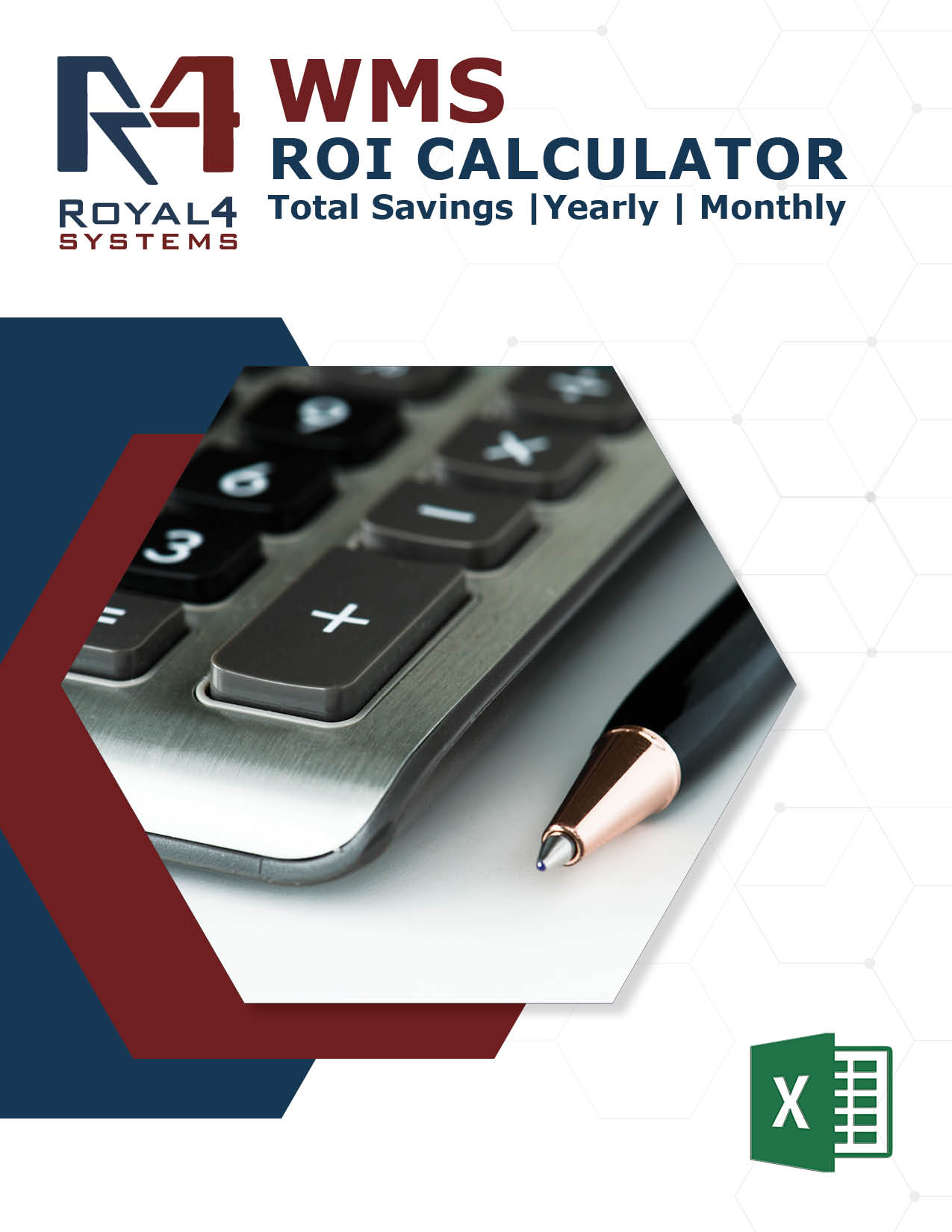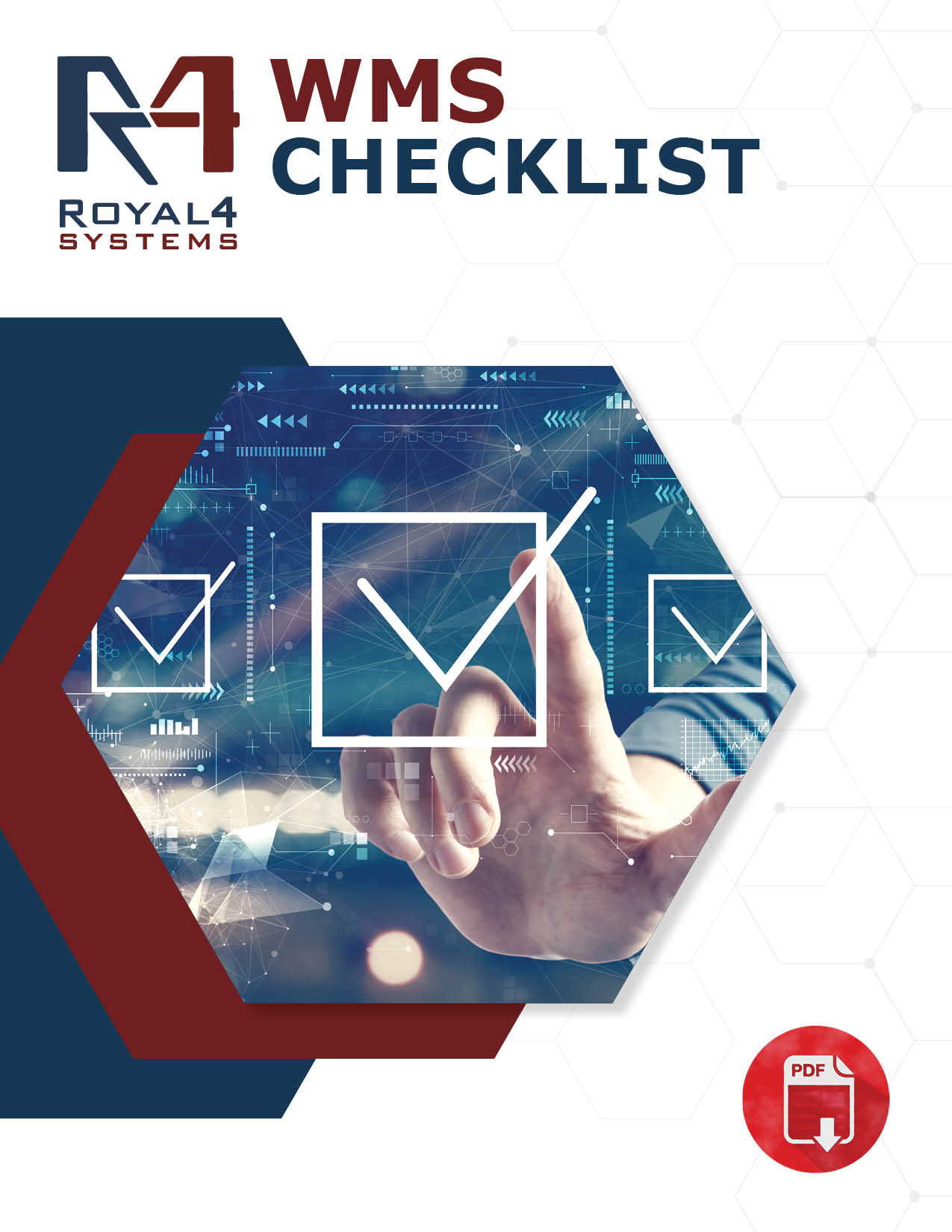
ERP software is one of the most complicated software systems within a company, but it is also one of the most beneficial.
Successful ERP installations bring together a variety of connected technologies that enable organizations to streamline and automate activities, resulting in a single source of truth across the business.
The ERP adoption process is plagued with Risks such as inaccurate data transmission and a lack of end-user training. As a result, successfully implementing ERP systems requires alignment, thorough planning, and cross-functional collaboration.
In this article, we’ll look at how businesses may effectively avoid the critical risks associated with large-scale software installations by implementing a standardized methodology during the ERP implementation planning process.
What is ERP?
While many people mistake ERP for merely accounting software, it is much more than debits, credits, and journal entries.
Simply put, ERP is a software application that integrates (or connects) all of your business activities or transactions into a single software application. A single system manages every aspect of the factory floor, warehouse, accounting department, client service department, or executive office.
ERP systems (which often contain “core” accounting software and a general ledger) typically integrate inventory and supply chain management, order processing and purchasing, customer relationship management, manufacturing, financial reporting and accounting, and others.
What is ERP Implementation?
An ERP system integrates several company processes, such as finance, human resources, sales, and manufacturing, to provide benefits such as increased productivity and efficiency. The method of designing, setting up, and deploying an ERP system is called ERP implementation. Because an ERP system supports and automates various tasks, the process often takes a few months and is sophisticated.
To ensure a successful installation, the company must first carefully analyze its needs, determine how to reorganize operations to accommodate the system, configure the ERP system to support those processes, and then properly test it before distributing it to users. Proper preparation and a phased implementation technique are essential to finishing all those tasks on time.
What is the best implementation method?
The two most common strategies are big bang ERP adoption and phased ERP adoption.
Your complete system goes online with “big bang” ERP, and everyone in our firm transitions simultaneously. In brief, you are bringing all modules from all departments online at the same time. This method may decrease the ERP deployment timetable, but it may also create more significant interruptions to normal business operations and put an additional burden on staff.
On the other hand, a phased strategy will have the ERP system brought in gradually, frequently by module or functional area. This deployment process, often known as “land and expand,” will take longer since the elements are introduced gradually over time. This strategy may help internal personnel reduce risk and anxiety.
Both ERP implementation approaches have advantages and disadvantages. Your technology partner team can assist you in developing the optimal implementation strategy for your specific circumstances.

What are the six phases of ERP implementation?
1. Discovery and Planning
What exactly is the first stage of ERP implementation? This stage comprises system research and selection, forming a project team, and specifying comprehensive system requirements.
The project team will be responsible for various implementation duties, such as putting out the project plan and goal dates, allocating appropriate resources, making product and design decisions, and day-to-day project management.
One of the team’s first objectives will be to gain a thorough grasp of present difficulties, such as process inefficiencies and ERP system requirements. Suppose the firm has already established an ERP business case. It may have specified broad business concerns and implementation goals, such as a speedier financial closure, enhanced operational insight, or preparation for an IPO. These can lead to more extensive study, including documentation of current routines and concentrating system development.
During this phase, the team may choose and buy an ERP system when the firm gets a clear understanding of its needs. One critical decision is whether to employ an on-premises or cloud-based ERP solution. You purchase and install hardware and software in your organization’s data center for an on-premises solution. On the other hand, Cloud-based ERP is often delivered as a subscription service accessible over the internet, making it easier to adopt and requiring less in-house IT expertise.
. Design
The design phase develops a detailed design for the new ERP system based on precise requirements and an understanding of current workflows. This phase involves creating new, more efficient workflows and other business processes that use the system. Users should be affected in the design phase because they have the most detailed awareness of current business processes. Involving them in the design process also helps to ensure they will accept and utilize the new system.
3. Development
The development phase can begin after clear design criteria have been established. This phase entails setting and, when needed, adapting the software to accommodate the revised procedures. It may also entail establishing integration with any other business systems in the firm that the ERP system will not replace. The business must install the required hardware and software if you use an on-premises ERP system.
Along with software development, the team should create training materials to assist users in adjusting to the new system. It must also start planning data migration, which may be complicated since it frequently requires extracting, processing, and loading data from numerous systems, each of which may utilize various formats and contain duplicate or inconsistent information.
4. Testing
Testing and development might take place at the same time. The project team, for example, may test specific modules and features, then design repairs or modifications depending on the results and retest. Alternatively, it may try one ERP module while another is still being developed. Initial testing of the software’s fundamental operations should be followed by thorough testing of its complete capabilities, including allowing certain employees to test the system for all of their day-to-day tasks. This step should also involve testing the transferred data and basic end-user training.
5. Deployment
You’ve been working toward this phase since the system’s launch. Be prepared for problems since there may be many moving pieces and some confused staff, despite your best attempts to prepare them for the transition. The project team should be ready to answer inquiries, assist users in understanding the system, and strive to resolve any concerns. If required, your implementation partner should be able to assist with problems. Users may need time to adjust to the system and obtain the expected productivity increases.
6. Support & Updates
After deployment, nurturing your ERP project helps keep users happy and guarantees the organization obtains the anticipated results. During this phase, the project team will still be in charge of the ERP system, but its attention will turn to listening to user feedback and adapting the system accordingly. As new features are introduced, further development and setup are required. New employees are trained on the system.
Why does it matter?
Multiple business functions in an enterprise are making decisions that influence the organization at any time. ERP enables centralized management of all corporate divisions and operations.
ERP is an information warehouse and a single source of truth for the organization. It simplifies decision-makers lives and lets departmental managers rely on data to make critical business decisions.
Here are reasons why ERP deployment is critical for your company.
1. Detailed analytics
Because ERP is a centralized database, it also provides reporting capabilities. It records every activity of the users and assists business executives in making decisions that might improve corporate functionality. Creating reports without an ERP can take many days or weeks. Historical reports help map out what companies might overlook in real-time monitoring. An organization may develop reports for any company function and go deep to have a deeper understanding, from finance to inventory management.
2. Boost ROI
Organizations using ERP for the first time may believe it will be costly. However, after the firm has moved past the awe phase, it will see value in its ERP investments. ERP connects all of an organization’s critical applications. Employees may utilize ERP as a single source of truth rather than navigating between several apps for information. Employees may only access one application, which lowers training costs, saves time, and gives them more visibility.
3. Improved employee performance
Employees are employed to conduct their jobs and complete their assignments. However, they must perform administrative responsibilities to guarantee process compliance and data integrity. It influences their performance because most of their time is spent on administrative tasks. It undermines staff morale and inhibits them from doing their duties. The correct ERP solution may assist you in automating repetitive operations and allowing staff to complete their jobs in less time.
Request a Demo
Need more information?
Solutions






![image001[25]](https://www.royal4.com/wp-content/uploads/2023/11/image00125.png)